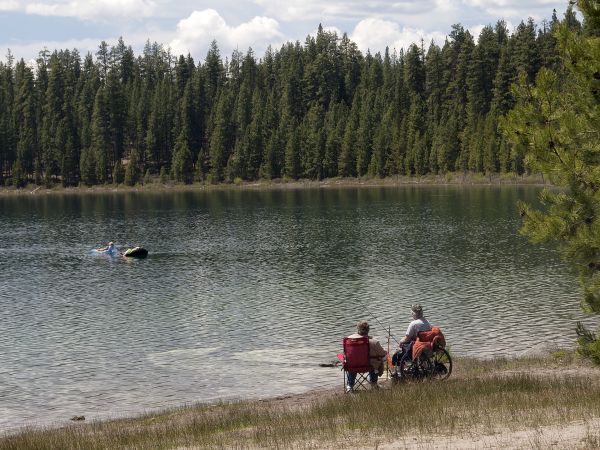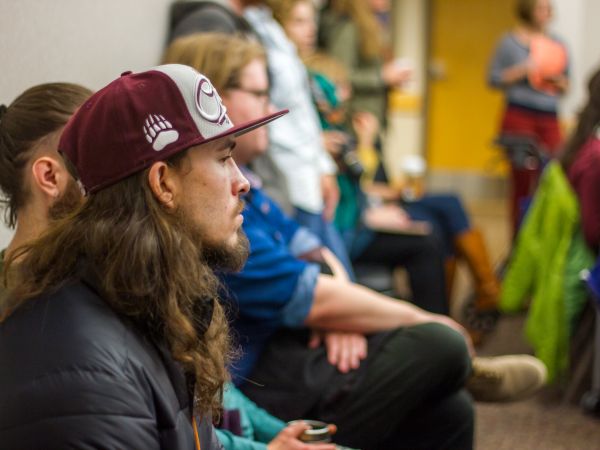Our Approach
Research that Leads to Solutions for Rural Americans with Disabilities

The Unique Landscape of Rural Community Environments
72% - 97%
Rural landscapes dominate American geography. Depending on the definitions used, rural areas account for 72% to 97% of the total landmass of the United States.
46M - 66M
Approximately 46-66 million Americans live in rural areas.
14% - 20%
While rural Americans account for only 14-20% of the total U.S. population, they represent a higher share of people who live in poverty, have a disability, and are elderly.
Data source:
Rural Factors
Americans living in rural areas typically:
- Rely on services that are more informal and less specialized.
- Must travel farther and pay more for those services.
- Tend to receive lower quality services than their urban counterparts.
These factors intensify the experience of aging and disability, and illustrate the need to address the unique rural challenges to acquire services and supports.

A Community-Based Approach to Disability Research
RTC:Rural studies the interactions between personal and environmental factors that influence the rural disability experience in the priority areas of health, community living, and employment.
We incorporate the first-hand experiences of rural people with disabilities to develop evidence-based solutions that respond to their unique needs. We tailor our methods to rural environments and the systems disability consumers and stakeholders use. Engaging stakeholders in our research and development activities ensures that the solutions we produce are relevant, appropriate, and meaningful for rural people.
Finally, we work to educate policymakers to foster broad adoption of effective solutions.
